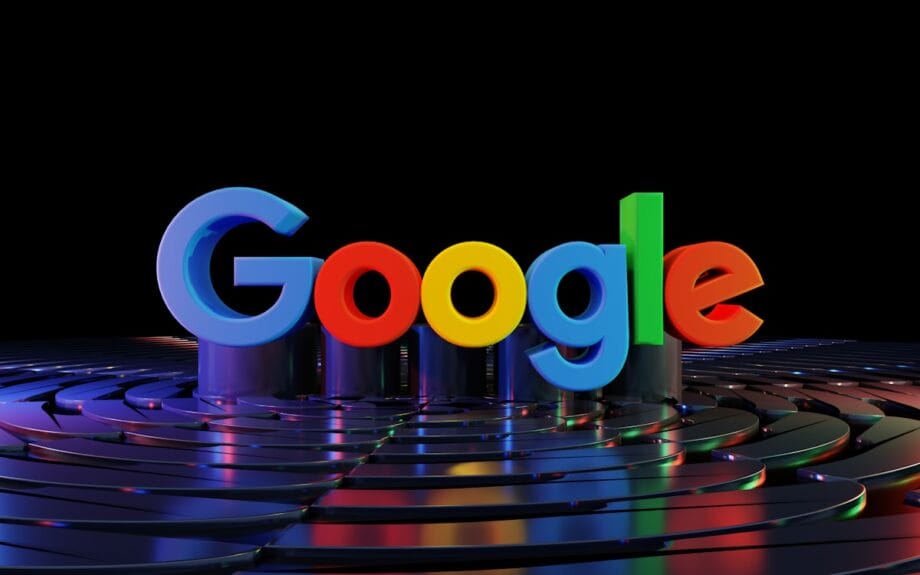Google Prepares for a Paradigm Shift in Digital Search with AI Mode
In the continuously evolving landscape of digital search, Google stands at the brink of a transformative phase that could fundamentally alter the interaction between billions of users and online information.
Recent indications from the tech giant hint that its AI Mode may soon supplant traditional blue-link results as the default search interface. However, mixed messaging has left industry analysts scrutinizing each nuance.
Logan Kilpatrick, Google’s lead product manager for AI innovations, sparked considerable speculation by announcing on X that AI Mode will be the default “soon,” following the unveiling of a dedicated access point at google.com/ai.
This announcement coincided with a broader rollout strategy, framing AI Mode as a more intuitive means of managing intricate queries through Gemini-powered, synthesized responses.
Nevertheless, Google’s communications team promptly moderated expectations, suggesting not to overinterpret Kilpatrick’s statement, hinting that a complete transition to a default setting may not be on the immediate horizon. This oscillation reflects the company’s cautious methodology in integrating AI—striking a delicate balance between innovation and user-centric feedback amidst regulatory scrutiny.
Recent discussions within the online community have highlighted how AI Mode—which initially flourished as an experimental element in Google Labs—has expanded its accessibility to all U.S. users, introducing features like photo uploads for queries and canvas-based project organization.
Mixed Signals and Strategic Implications
For industry insiders, this ambiguity encapsulates Google’s strategic prudence. On one hand, promising user engagement metrics from trials indicate that a shift to AI Mode could enhance satisfaction, especially for multifaceted inquiries, such as travel planning or product comparisons.
Observations from users and tech analysts on X, including insights from Semrush’s official channel, reveal early adoption trends where AI Mode is preferred for its comprehensive, real-time feedback, potentially minimizing the necessity for multiple clicks.
Conversely, concerns from publishers and marketers loom large. They worry that AI-summarized content might trap users within Google’s ecosystem, diminishing site traffic. An analysis by Semrush examined anonymized user data and suggested that the ascendancy of AI Mode could necessitate a reevaluation of SEO strategies, favoring structured data and high-quality content easily synthesized by AI models.
This sentiment is echoed in tech forums, where experts foresee the emergence of a hybrid model, integrating AI overviews with traditional search results to mitigate potential backlash.
Evolution from Labs to Mainstream
Tracing the trajectory of AI Mode reveals its origins as a Labs experiment fueled by Gemini models, as articulated in Google’s official blog updates from March and May 2025. By July, enhancements included educational tools for learners, such as PDF uploads and organizational templates, underscoring a commitment to broader utility.
Recent reports from TechStory indicate that Google is exploring methods to streamline the setting of AI Mode as a default, potentially superseding the classic search bar for select users.
This evolution aligns with Google’s announcements from the I/O conference, where leaders such as Robby Stein emphasized the integration of real-time data with AI capabilities. However, posts on X from influencers like Deedy express a sense of nostalgia for the epoch of “ten blue links,” cautioning against possible disruptions to the economic model of the open web.

Potential Challenges and Future Outlook
Numerous challenges persist, particularly regarding accuracy—AI-generated inaccuracies could undermine user trust if not adequately addressed. Regulatory vigilance is also paramount, given the antitrust implications of an AI Mode that may further consolidate Google’s market dominance.
Insights from Search Engine Roundtable suggest that while Kilpatrick’s announcement has heightened excitement, Google’s clarification indicates a phased implementation, potentially commencing with opt-in defaults.
For marketers, adaptation will necessitate optimization for visibility within AI contexts, as outlined in Complete AI Training’s analysis of the potential consequences for users and publishers. Should AI Mode indeed become the standard, it could revolutionize search as an interactive dialogue rather than a mere directory, significantly influencing the discovery and monetization of information.
Industry Reactions and Broader Impacts
Reactions on X, from accounts such as AI News and KryptonAi, convey a blend of enthusiasm and caution, with many perceiving this as a critical juncture towards conversational computing. Publications like Bleeping Computer report on Google’s initiatives to simplify accessibility, potentially hastening user adoption.
Ultimately, whether AI Mode replaces traditional search paradigms hinges on user behavior and competitive dynamics from challengers like OpenAI’s SearchGPT. As of September 2025, the signals remain compelling yet ambiguous, prompting industry insiders to scrutinize Google’s ensuing strategies—paving the way for what could be the most transformative chapter in search history.
Source link: Webpronews.com.






